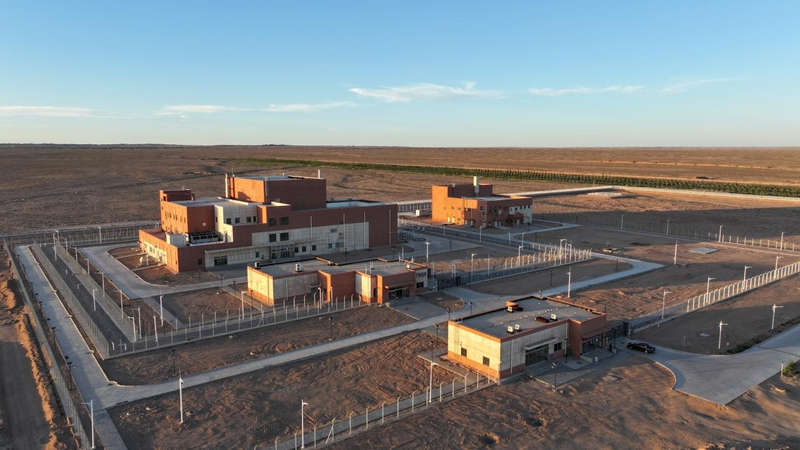In a breakthrough moment for clean energy, China's Shanghai Institute of Applied Physics (SINAP) has successfully converted thorium into uranium fuel in its Thorium Molten Salt Reactor (TMSR) – the first of its kind in the world 🎉. This experiment marks a big leap for nuclear power without wastewater and brings us closer to a low-carbon future.
The TMSR, built by SINAP with partners on the Chinese mainland, loaded thorium fuel and recorded solid experimental data, proving that thorium can be safely and efficiently used in molten-salt reactors. Here’s why this matters:
- Inherent safety: Molten-salt reactors run at atmospheric pressure and don’t need water to cool down, lowering risks of leaks and meltdowns 🔒.
- High-temperature output: They deliver super-hot energy, ideal for industrial processes and future high-temperature hydrogen production 🚀.
- Wastewater-free: By design, these reactors avoid generating liquid nuclear waste, making them eco-friendly 🌱.
China's rich thorium reserves make this technology a perfect fit for the nation’s energy mix. The versatility of molten-salt reactors also opens the door for a hybrid energy system that includes:
- Solar and wind farms ☀️🌬️
- High-temperature molten-salt energy storage 🔋
- Coal chemical and petrochemical industries 🏭
SINAP launched its TMSR program back in 2011 and has moved from lab-scale tests to full engineering verification of core materials and equipment. With a homegrown supply chain in place, the next big goal is a 100-megawatt demonstration project by 2035.
For young professionals, students, and global enthusiasts alike, this milestone shows how innovation, research, and smart resource use can drive the future of sustainable energy. Keep an eye on this space – the era of nuclear tech with zero wastewater is just heating up! 🔥
Reference(s):
China cracks fuel conversion problem for wastewater-free nuclear power
cgtn.com




